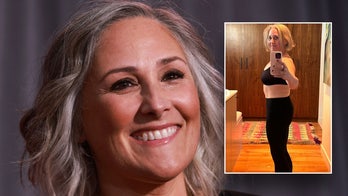Despite the diversity debate raging around Hollywood, the movies that major studios produce are still stubbornly dominated by white men.
Minorities, women, and lesbian, gay, bisexual, and transgender characters remain the exception, not the rule, and their representation in movies falls short of population norms, according to a blistering new report by USC’s Annenberg School for Communication and Journalism. Calling Hollywood “the epicenter of cultural inequality,” the report’s authors found that women comprised a mere 31.4 percent of the 4,370 speaking or named characters in the top 100 grossing films last year despite making up more than half of the population. The study discovered that 49 of these films lacked a speaking or named Asian or Asian-American characters, 17 had no black or African American characters, 45 films failed to have characters with disabilities, and 82 lacked lesbian, gay, bisexual or transgender characters.
The research hits as the movie business has been engulfed in a debate about how to better promote diverse voices. Last year’s Oscars lacked any black nominees in any major acting categories for the second year in a row and sparked a social media protest centered around the hashtag #OscarsSoWhite. At the same time, actresses such as Patricia Arquette and Jennifer Lawrence have drawn attention to the pay gap between male and female performers.
“While the voices calling for change have escalated in number and volume, there is little evidence that this has transformed the movies that we see and the people hired to create them. Our reports demonstrate that the problems are pervasive and systemic,” said Dr. Stacy L. Smith, one of the study’s authors.
More From Variety
There were modest improvements. Namely, an 11 percent year-over-year jump in the number of female leads or co-lead characters. But none of the lead characters in these movies were members of the LGBT community, and the roles that women nabbed tended to be more sexualized than those of their male counterparts. In fact, women were more frequently shown in sexually provocative attire or naked than men, with 30.2 percent of these films featuring scenes of women in various states of undress compared to 7.7 percent showing men similarly outfitted.
The researchers dug into 800 films, dating back to 2007, to crunch the numbers. The lack of diversity on screen was reflected behind the camera. Female directors represented 4.1 percent of the filmmakers calling the shots on these movies, women of color were virtually, representing just four of the directors. Less than 6 percent of the directors were black and fewer than 3 percent were Asian.
It’s not getting much better. Last year, 81 percent of the directors of the top grossing films were men, and 19 percent were women.
“Raised voices and calls for change are important, but so are practical and strategic solutions based on research,” said Dr. Katherine Pieper, one of the study’s co-authors. “The momentum created by activism needs to be matched with realistic tactics for creating change.”






